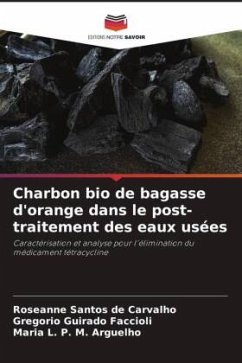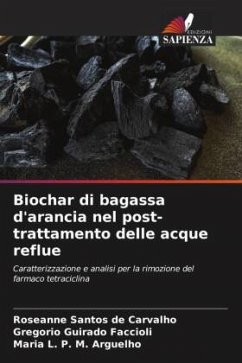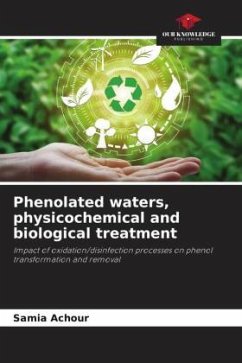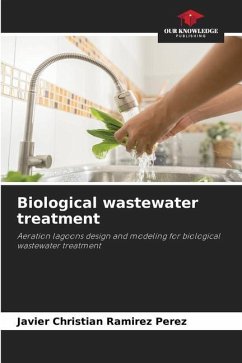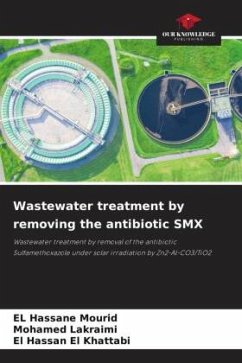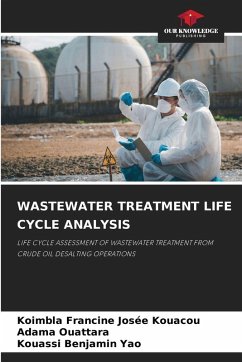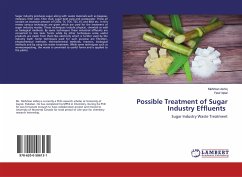
Orange bagasse biochar in the post treatment of wastewater
Characterization and analysis for the removal of the drug tetracycline
Versandkostenfrei!
Versandfertig in 6-10 Tagen
29,99 €
inkl. MwSt.

PAYBACK Punkte
15 °P sammeln!
Due to the growing problem of water scarcity, as well as the need to preserve the environment, studies have been conducted aimed at the reuse of agroindustry waste so that biochars can be produced to promote the removal of emerging micropollutants in wastewater. The bioadsorption arouses high interest in relation to the research of new materials that can be used as adsorbents, for presenting a promising, efficient, economically viable and ecologically sustainable proposal when compared to other methods of decontamination. Samples of orange bagasse in natura, biochar and commercial activated ca...
Due to the growing problem of water scarcity, as well as the need to preserve the environment, studies have been conducted aimed at the reuse of agroindustry waste so that biochars can be produced to promote the removal of emerging micropollutants in wastewater. The bioadsorption arouses high interest in relation to the research of new materials that can be used as adsorbents, for presenting a promising, efficient, economically viable and ecologically sustainable proposal when compared to other methods of decontamination. Samples of orange bagasse in natura, biochar and commercial activated carbon were characterized. The samples were characterized by thermogravimetry, surface area and porosity measurements, scanning electron microscopy and X-ray diffraction. The Langmuir model was the best fit for biochar. The best fitted kinetic model was the pseudo-second order model, and the estimated equilibrium time for biochar was eight minutes. The spectrophotometric method was safe, economical and feasible in all analyses used.



